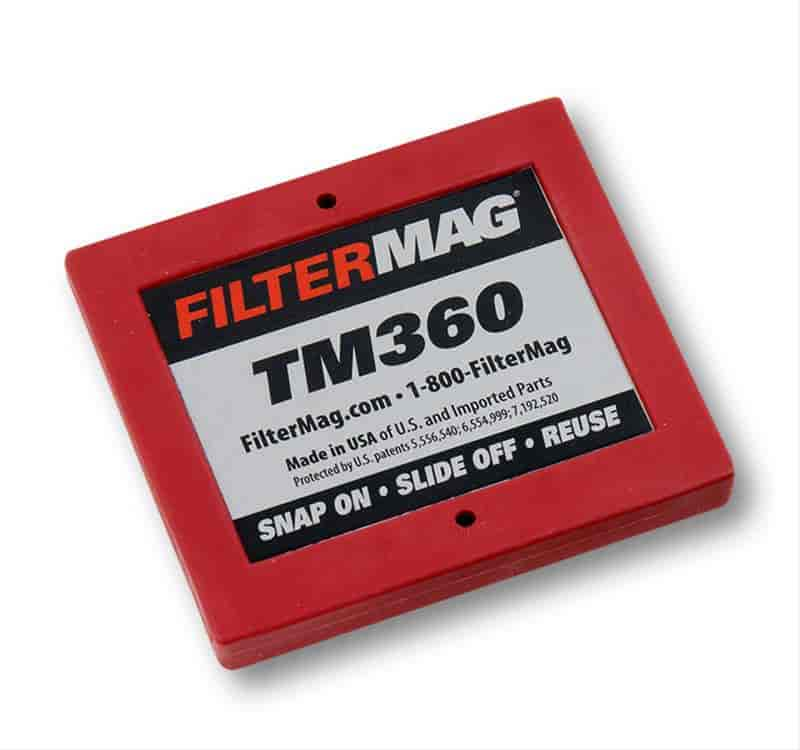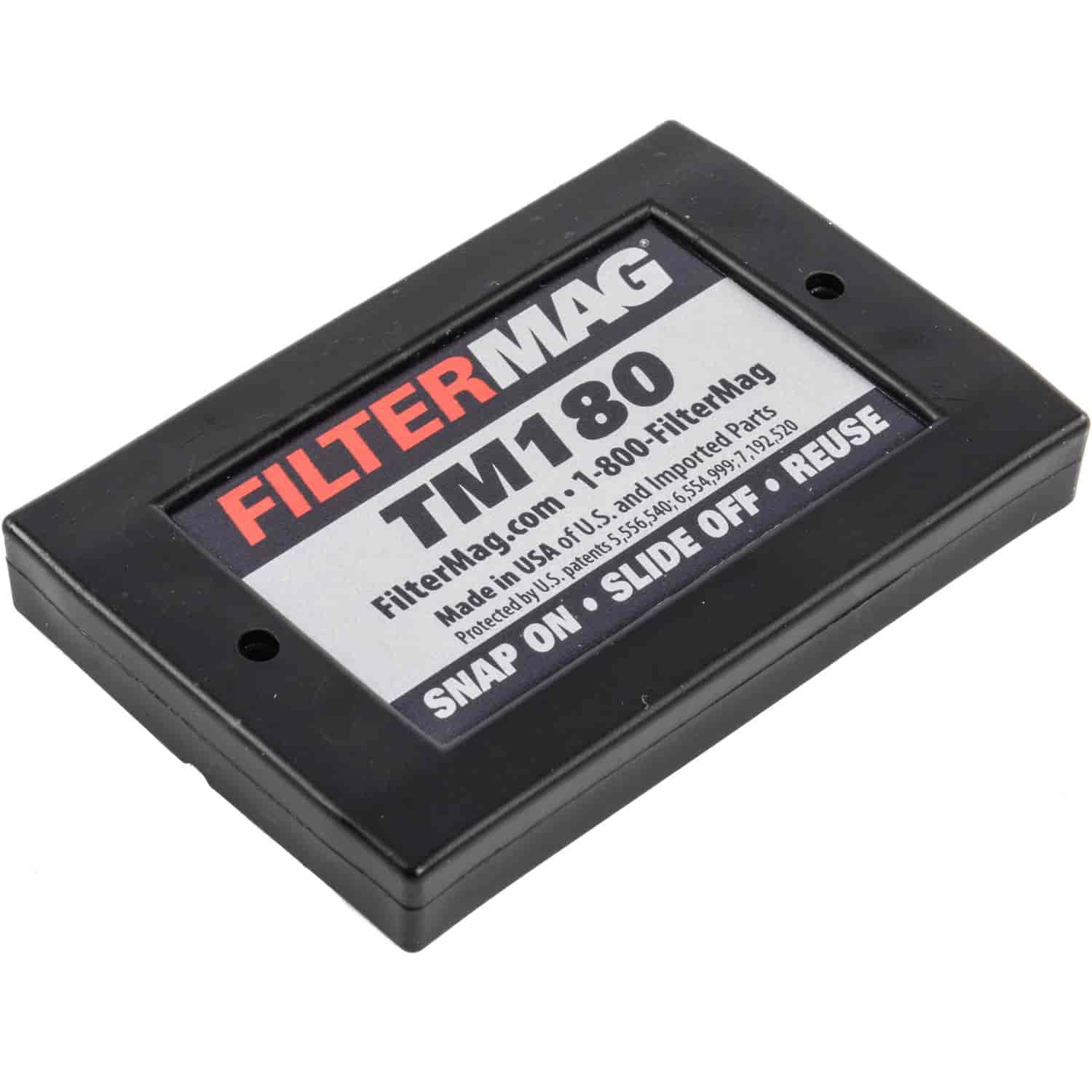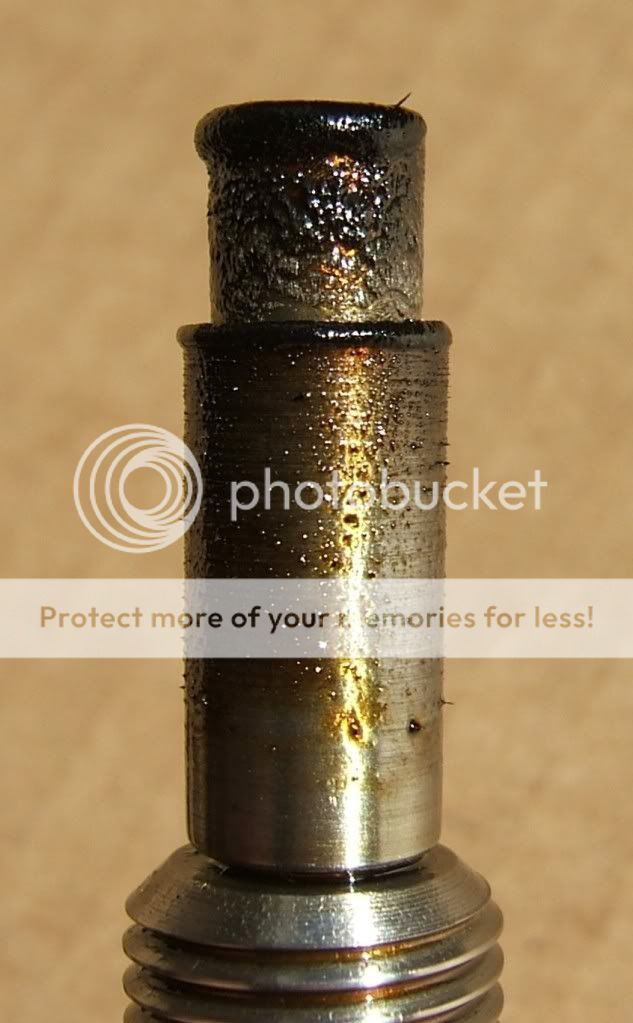Originally Posted By: UncleDave
Originally Posted By: badtlc
Originally Posted By: ZeeOSix
I think the majority of that "black sludge" material the magnet catches is ferrous particles way smaller than 20 microns. Probably more like in the 3~5 micron range.
Like I said, that is your guess. You can in no way use that picture as supporting evidence.
I really like the idea of magnets for additional filtration but it might be worthless unless you are using a rock catcher for an oil filter.
Actually you can say for sure than anything trapped on the side of the can is a particle your filter doesn't have to catch even if it would- extending filter life.
If he took the filter mag off and put a strong drain plug magnet on the same paste would be on the plug magnet as the majority of it goes right through the filter.
Sure one 3 micron particle may be too small to see but millions of them all together are not.
Guys say all the time that the "paste" would be caught by the filter, but if that is true so why does it end up on a magnetic drain plug? The answer is self evident- because the filter does NOT catch it.
If the filter catches it there shouldn't be anything on the magnet - right? - but there always is.
When you clean off the either the plug, or cut the filter and run your finger over the millions of particles that are caught where the filter mag is - you can answer for yourself wether you'd want those particles between your crank and main bearings with the engine under a load or not.
Guys running stationary gensets costing more than automobiles, guys running exotic racing engines, guys running rental dozers and heavy equipment that need to run forever where one more season before a rebuild is the difference between profit and loss.
"But the factory would put them in if they were needed" - I hear this all the time too. Lots of manufacturers do use them in many industries.
My marine equipment (very high load) has magnets everywhere in the engine & in the drive (2 in the drive actually).
Lots of manufacturers skimp on things they should use all the time- I see vehicles rated to tow 5K+ without external oil or transmission coolers, trucks with too small brakes - auto manufacturers build to a profit line and lean on the aftermarket heavily to make up where they skimp.
Between 20 and a 100 bones for a reusable item you can keep your whole life- why not?
Alexi Sahagian builds 2400 HP compound super turbo engines and more.
Notice the angle Alexi uses is that it extends the life of you filter.
https://www.youtube.com/watch?v=IVvoeeIqUPU
Just because there's slime on the magnet doesn't mean the filter is missing it. It's entirely likely that there's accumulated insols on the bottom of the pan and Its never actually being circulated thru the filter,so your assertion that just because your magnet is catching it doesn't mean the filter wouldn't.
And though I might agree with the idea in the real world spending money to try extend engine life when it's not the engine typically that condemns a vehicle to the recycler is tough for me to justify
Unless there's a problem that requires addressing what's the real point. Where's the line of redundancy?
I'm asking





